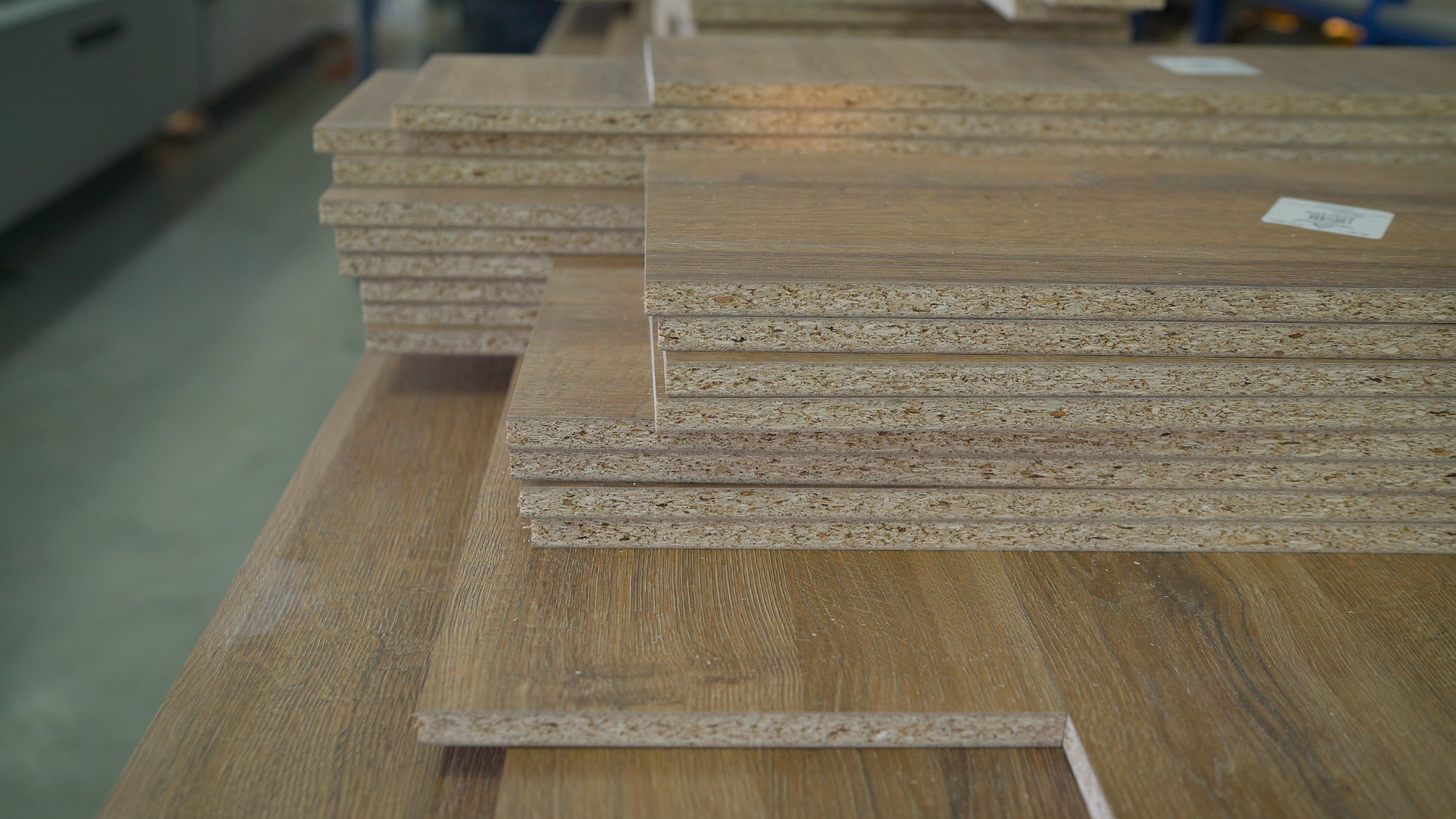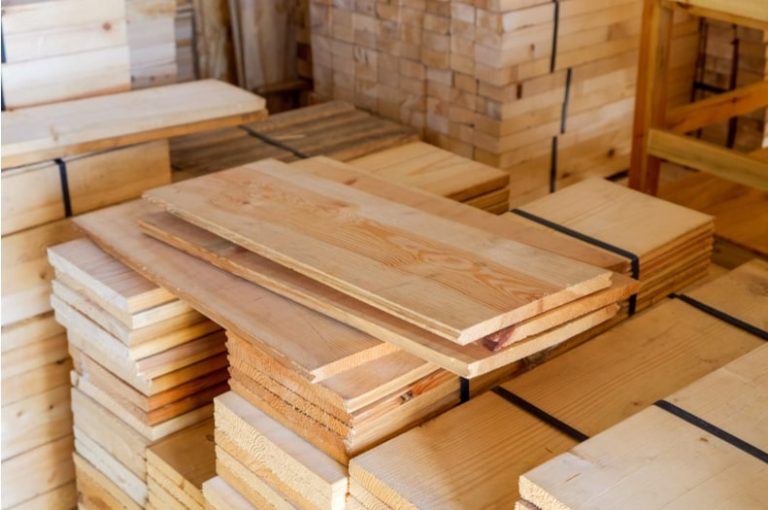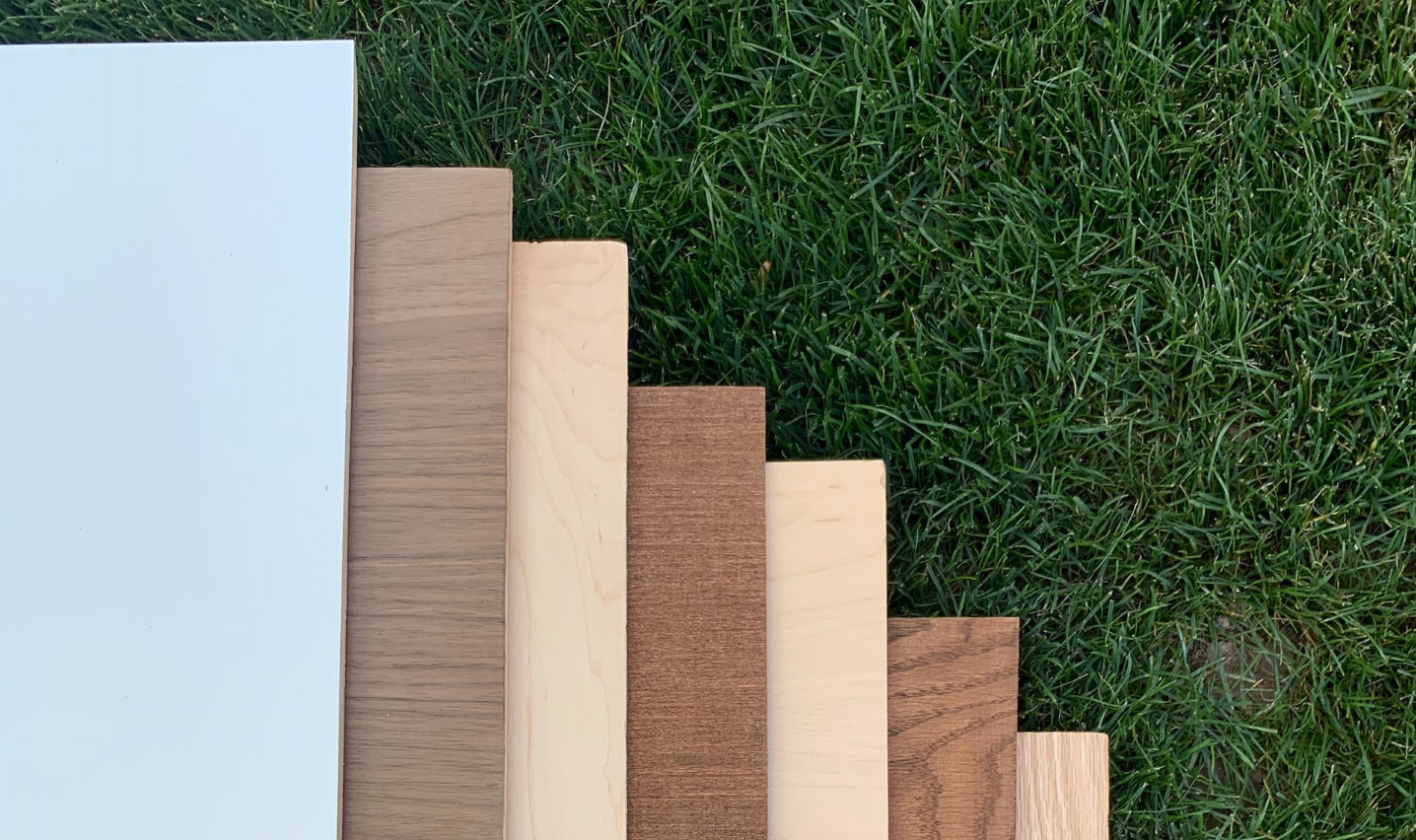What Is MDF And Why Should I Use It?
Also known as medium-density fibreboard, MDF is a type of material created from wood fibre that is fused together through the use of an adhesive. MDF is well known for its high stability and its ability to maintain its physical structure under extreme conditions such as temperature and humidity.
MDF is also used commonly used due to the material's texture. MDF is dense and has a smooth surface that works remarkably well with paint, veneer faces, and finishes. MDF also has much stronger screw-holding properties than other materials such as particleboard.
MDF for many years has been manufactured using resins that contain a material known as formaldehyde, but recently new options for MDF have become available.
Some designers and woodworkers are now using MDF that was created using a no-added urea-formaldehyde system.
There's are plenty of ways you can incorporate medium-density fibreboard into your projects. MDF can also help to keep your projects cost-effective. Below are some examples of uses for your medium-density fibreboard.
For woodworkers and designers, MDF is often used to create mock-ups for future projects and in basic furniture for the workshop.
But that is not medium-density fibreboard's only use; MDF is also perfect for many other projects. MDF can also be used in fine woodworking situations and in furniture for the home.
Medium-density fibreboard is incredibly sturdy, as well as low in cost, so if you are looking for a reliable material to work with, then MDF might be the choice for you.
DIY Projects Built From MDF
Medium-density fibreboard is absolutely perfect for creating a stylish and versatile shelving system. By creating stackable boxes in all sizes in MDF, you can create a modular shelving system.
Not only is this fantastic for homes with limited space, but it looks fantastic too. Having the ability to change out your shelves for different shapes and even colours can help to keep your home looking fresh and exciting too.
Are you sick of having messy wardrobes and small rooms just crammed with bric-a-brac? MDF can help with this. Medium-density fibreboard can be used for organisation and create some functional order in even the messiest of spaces.
MDF mouldings can be stuck to walls wherever you may need them in order to hang coats, shoes, hats, wellington boots, or anything else you might not have space for elsewhere. The mouldings can be painted, too, so you can ensure that they will fit right into your home and decor.
With medium-density fibreboard, you can really let your imagination run wild and come up with all kinds of impressive designs that can be used as decorations in your home. A common design created by people experimenting with MDF is hexagonal shelving and tiles.
MDF is cut into hexagons with shelving supports around the edges. The hexagon's geometric shape allows them to fit together seamlessly and create a really interesting and fun design. The decoration is also functional as it provides another space to keep small items. Don't forget that MDF can be painted, too, so you can get your designs looking exactly how you want them.
Some areas of the home are extremely high traffic, there's always going to be activities taking place in those rooms, and there's always going to be people inside them. In these rooms, such as the kitchen, space for storage can be hard to come by.
Through the use of MDF, built-in shelving can be formed in the higher areas of the room, nearing the ceiling. This will create additional surface area in the room for storage. Pots, pan, spices, and plates can all be kept in this new area which was previously completely unutilised. Medium-density fibreboard can also withstand existing in high temperature and high humidity environments for extremely long periods of time, so your new shelving can last for years in your kitchen.
Let's say you own a bakery and are looking for a new way to display your delicious treats. Why not use MDF to create yourself a cake stand? MDF panels can easily be turned into a device for displaying food and even other products. Perhaps you own a boutique clothing store and need a way to show off your wares.
Well, you could create shelving out of MDF for stacking folding clothes onto, or you could even create a wooden cut-out of a model to wear your clothing.
Bring some new life into your home and create a planter box with a liner tray out of MDF material. You can even attach the planter box to your wall to create what is known as a living wall. They have become a trend recently in interior design.
Multiple planet boxes are stuck all over the entirety of a wall. Not only does this give the room a really unique aesthetic, but it also can bring a lot of health benefits, such as the plants removing air pollutants. There are benefits when it comes to cost too, as living walls can even bring thermal benefits to buildings. This means you'll be spending less on heating your home.
Through the use of MDF, designers can create small spaces in the home which are not only utilitarian but also look fantastic. All for a low price too. A common use of medium-density fibreboard is to create a "floating desk".
These desks are not only impressive to look at, but also add an area to work within the office without having to take up a huge amount of space with a massive desk. Of course, just like with all the other MDF projects mentioned above, the material can be painted and designed exactly the way you like it.
If you're just getting started with medium-density fibreboard and want to start with a small project, how about creating some nifty and creative small DIY picture frames. MDF provides a sturdy frame that is guaranteed to last a long time due to its excellent properties. If you're feeling up to the task, then try creating a more detailed frame using a router.

Building With MDF
MDF is a fantastic material, but you will find it isn't quite as strong as other materials such as plywood or lumber. However, when you join pieces of MDF together, you will find that you can use pretty much any joint that you would use along with other wood types. Biscuits, butt joints with screens, splines, rabbeted tongues in dadoed grooves, and fully rabbeted edges. If you want an invisible joint on your MDF, then you can always mitre the edges on a pre veneered panel. Just be sure to use a lot of glue on the mitred edges because these parts can be extremely porous.
You should also keep in mind that when using MDF, you should always drill the correct size of the pilot hole when fastening a screw to the MDF edge. If this is not done, then the MDF material can split right open. With casework, you should use a rabbeted tongue in a dadoed groove. This joint is important for the assistance it brings when you are putting together a large cabinet. It makes working on a job like this a whole lot easier, especially if you are working on the piece alone.

Are you looking for timber delivery in Manchester and the surrounding areas? We offer a range of timber cut to size for Manchester, Liverpool, Preston, Oldham, Stockport, Warrington and the surrounding areas.

